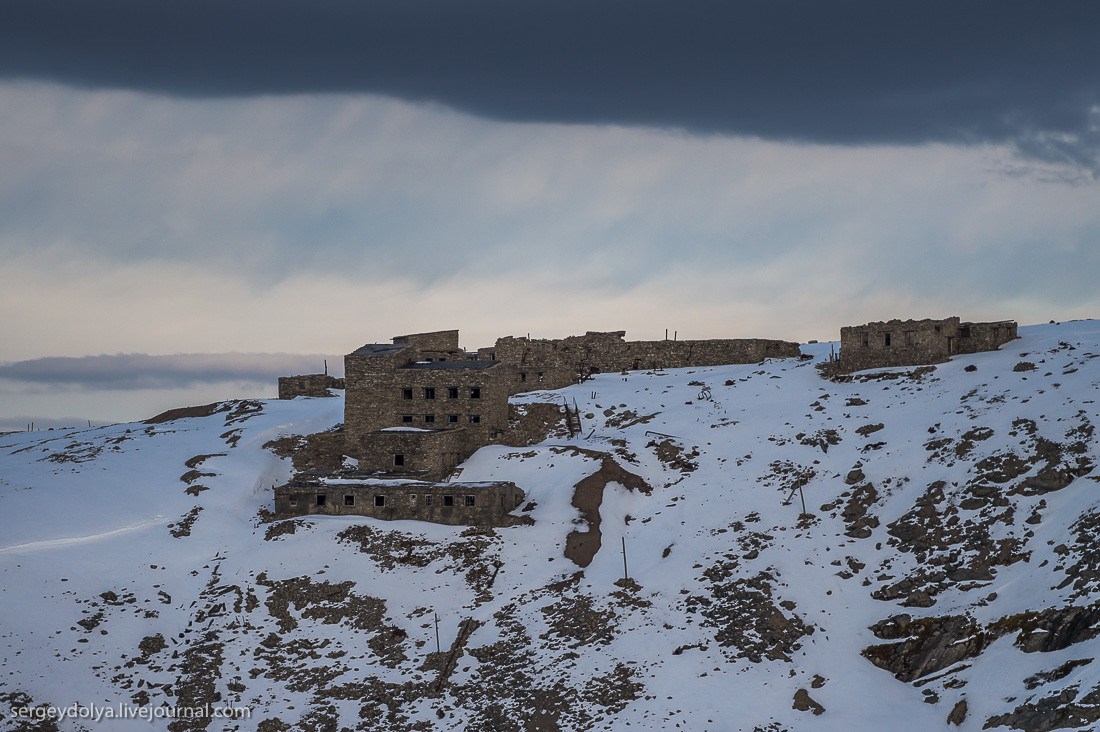Abandoned space shuttles
A little more than a month ago I returned from a trip to the heart of the main space harbor of this country: the Baikonur Cosmodrome.
The area occupied by the cosmodrome is roughly 70 km (43 mi) wide and 100 km (62 mi) long and it is quite difficult to get to the abandoned hangars that house some cutting-edge engineering developments from the late 1980s: the Buran orbital space shuttle and some equipment related to it.
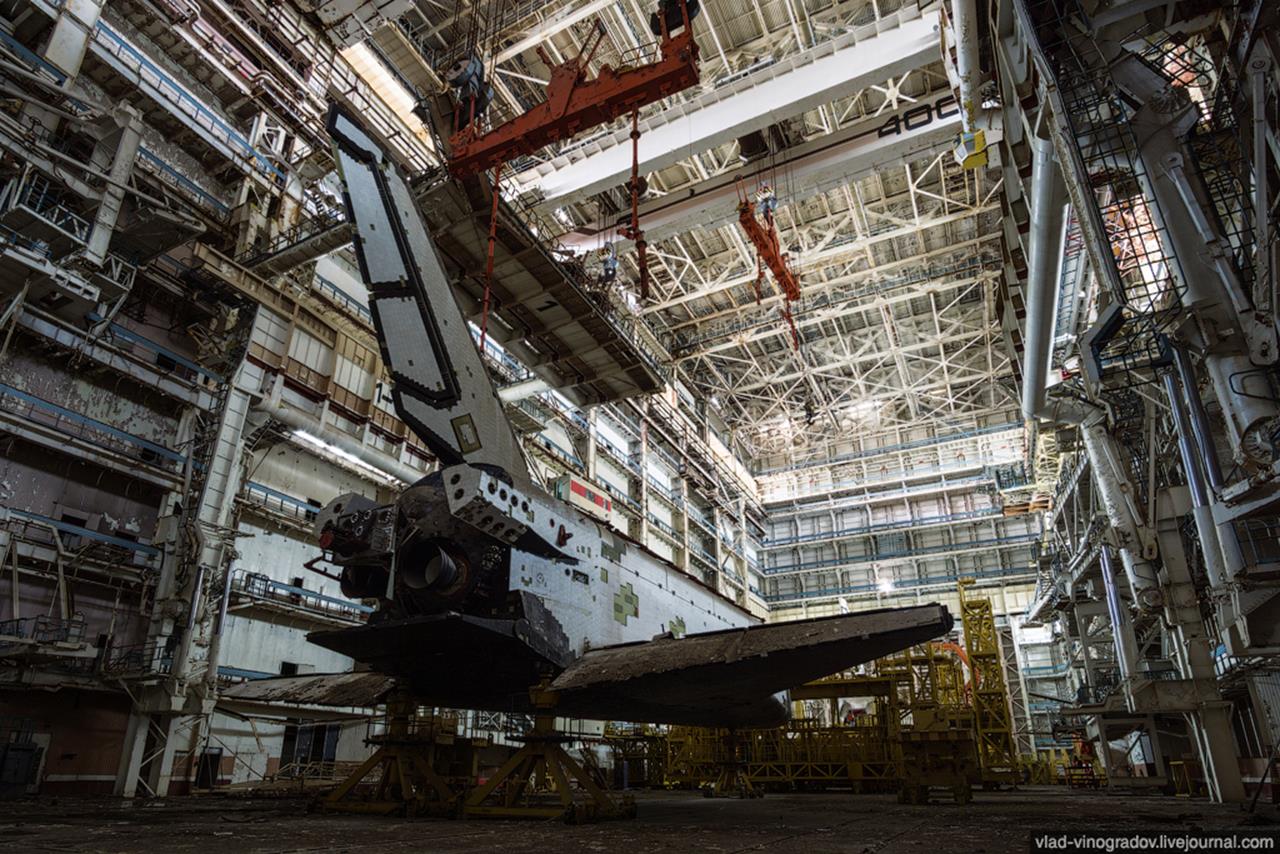
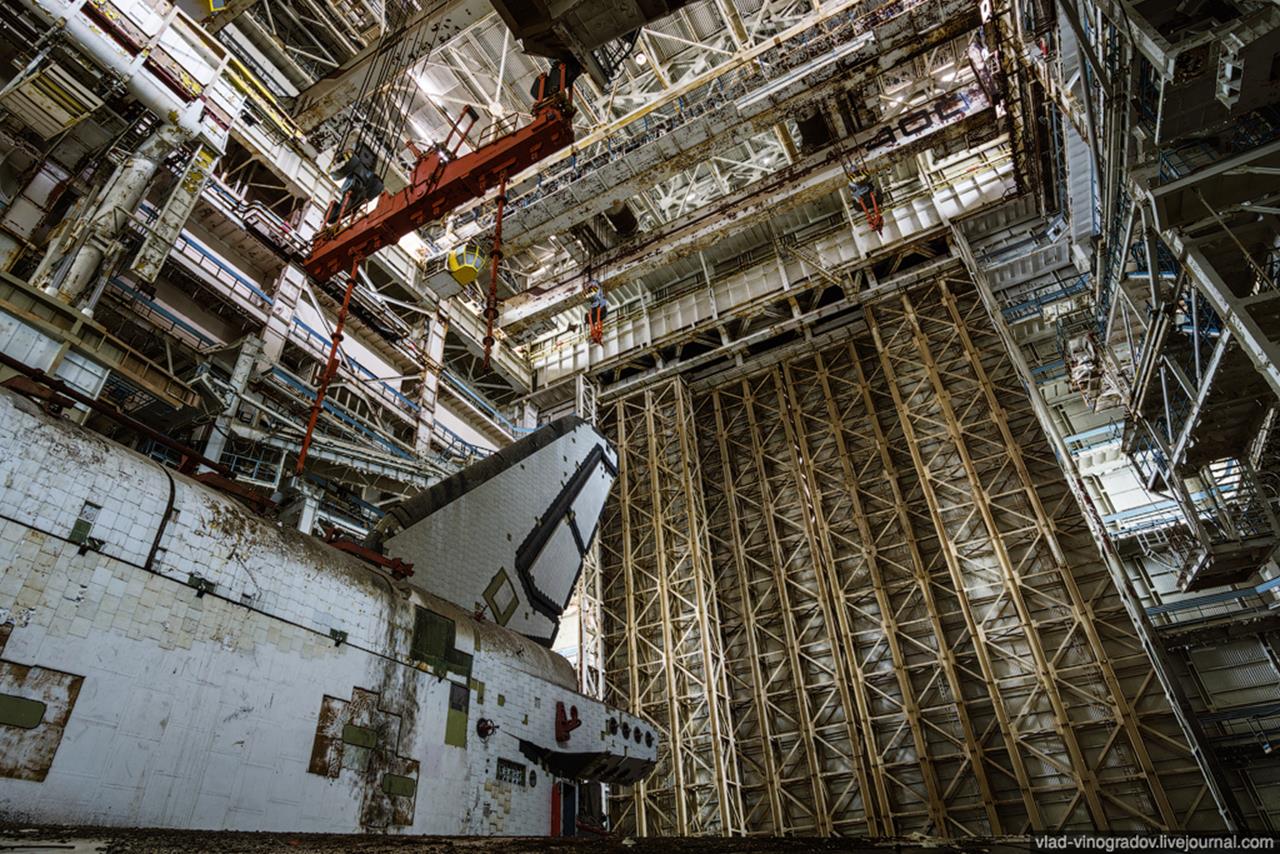
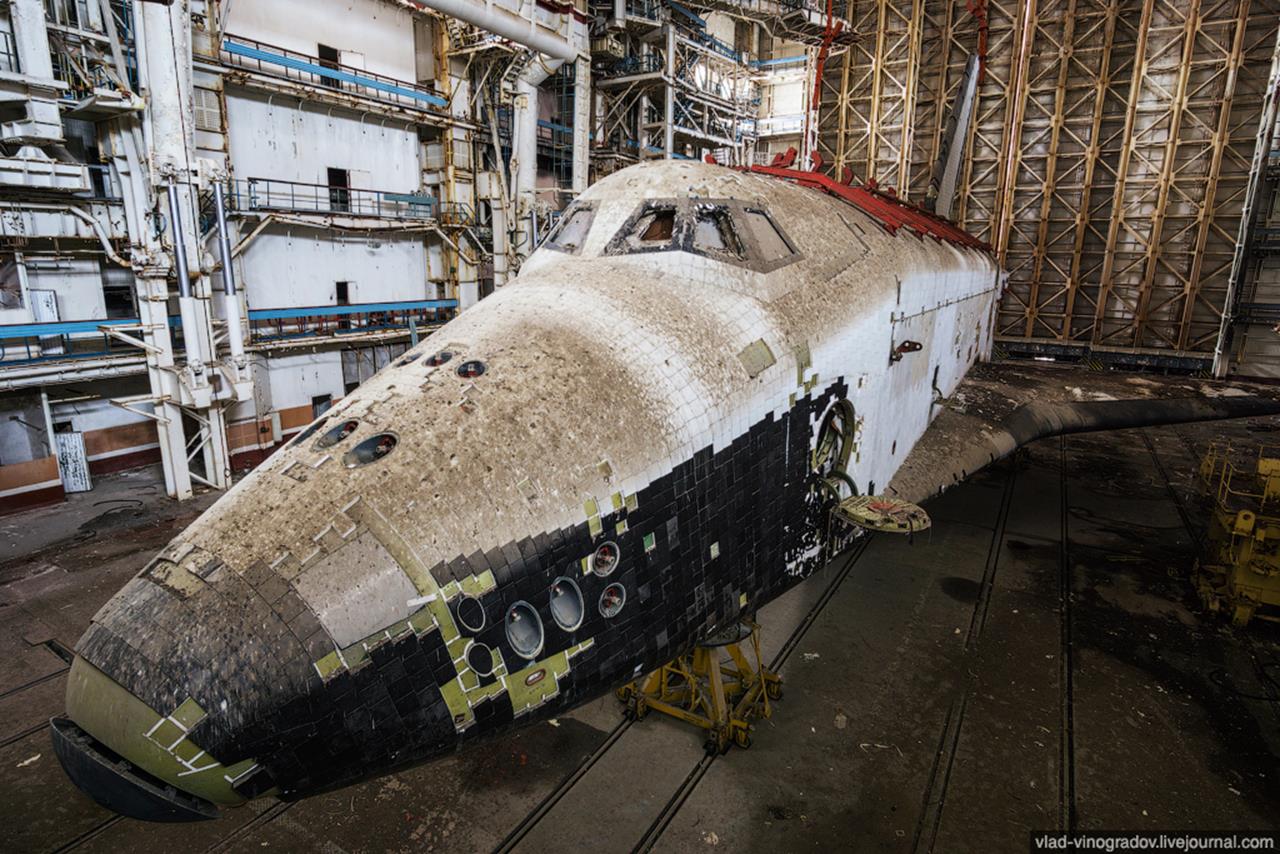
Buran is an orbital spaceplane, part of the Soviet reusable space transportation system.
It is one of the two reusable manned spaceships that have ever existed in the world, not taking into account the unfinished Burya project which was 95% ready when the work was halted.
As the arms race went on, Buran was a consequent response to the American Space Shuttle program. It was conceived as a military system as opposed to the American technology, and its main purpose was defined as “complex measures against the actions of the potential enemy aimed at extending the military use of outer space”.
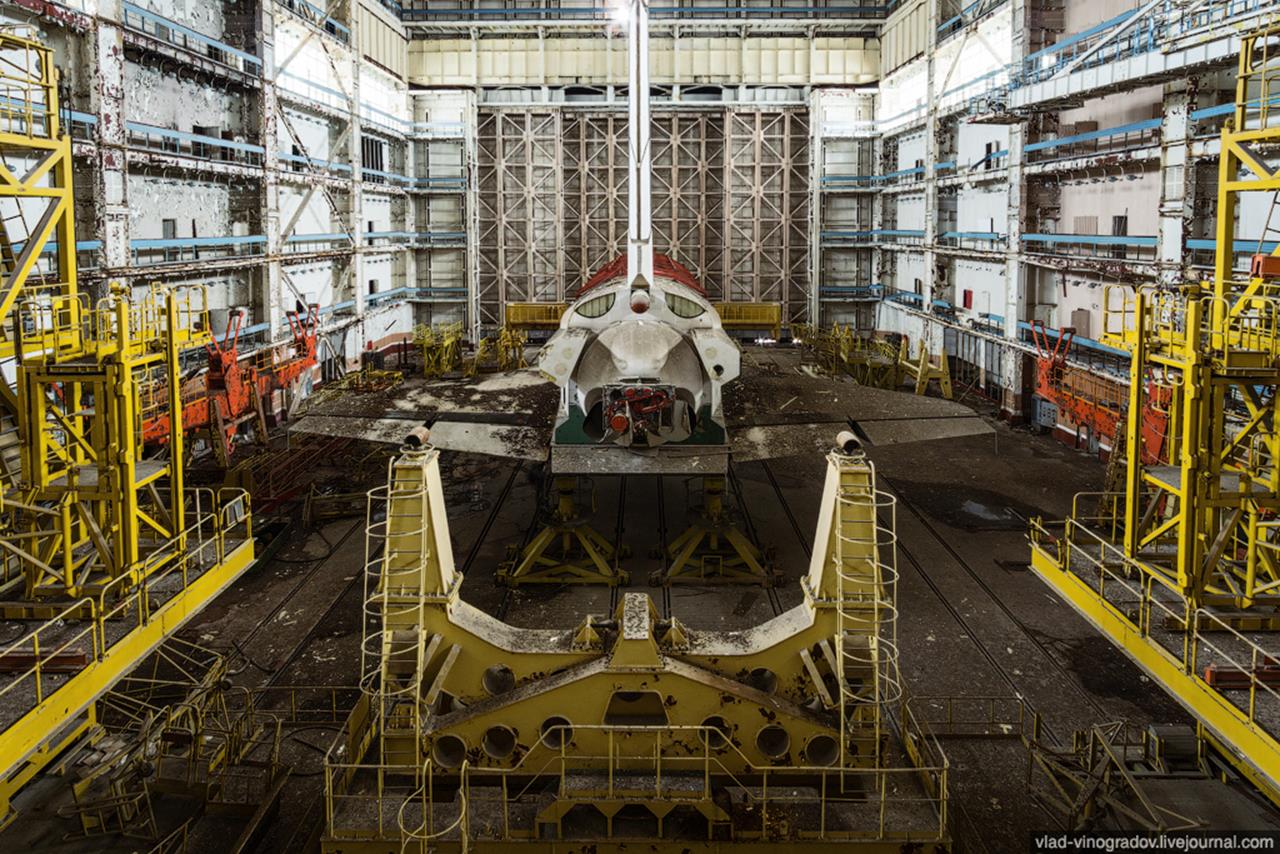
Buran’s first and only unmanned flight took place on the 15 November, 1988. The spacecraft that had actually been in space sustained severe damage as a result of MIK-112 (assembly and testing site) roof collapse in 2002. Judging by satellite images, it was fully disassembled and removed from the cosmodrome.
Currently the most part of what is left of the shuttle program is stored inside the assembly and fueling site (MZK), namely the engineering mock-up OK-MT and the unfinished Burya spaceship.
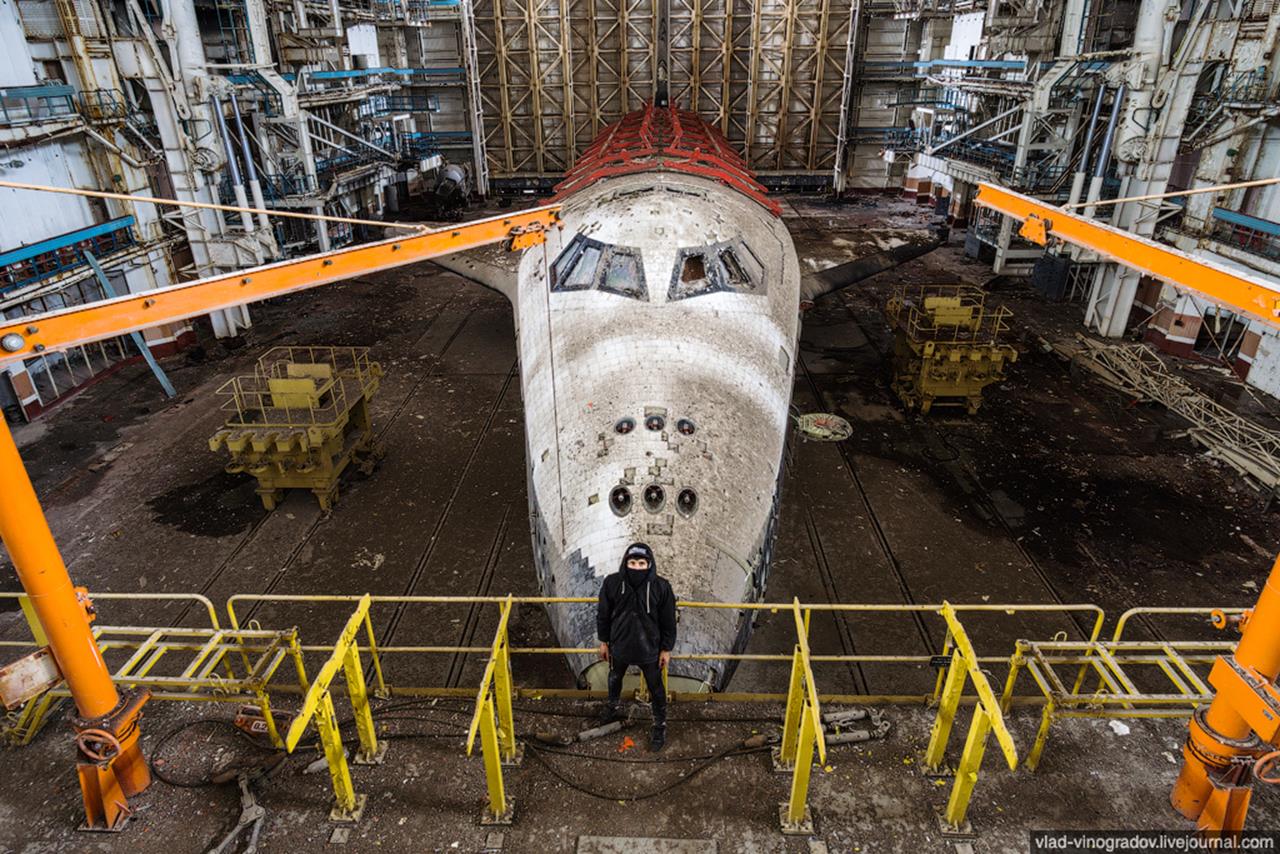
Enough with bare historical facts, let’s focus on the contents of the MZK. When you enter, it’s easy to lose the sense of direction because of its enormous size.

The spacecraft are a property of Kazakhstan (reminder: the Baikonur cosmodrome is in long-term lease by Russia until 2050) and are in a pitiful condition.
Burya has suffered more damage, since it was an operational and nearly finished project. All of the insides have been looted; the three layers (!) of glass in the cockpit have been smashed.
We discovered some empty water bottles and meat cans inside the ship. Apparently, someone was literally spending their days and nights here while taking the spaceship apart.
While the Buran inside the MZK is just a mock-up, though it is almost identical to the real thing, it has also sustained some damage.

Passenger stairs for getting onboard.

The view from the top of the Buran mock-up. You can notice a person standing down there, allowing appreciating the size of the building.

Inside the mock-up. As it was already mentioned, the mock-up hadn’t suffered that much from the valuable metal hunters and is much better preserved than Burya.
That’s why I will use it as an example of what an orbital space vehicle looks like on the inside.

This OK-MT mock-up served mainly for pre-launch procedure training.
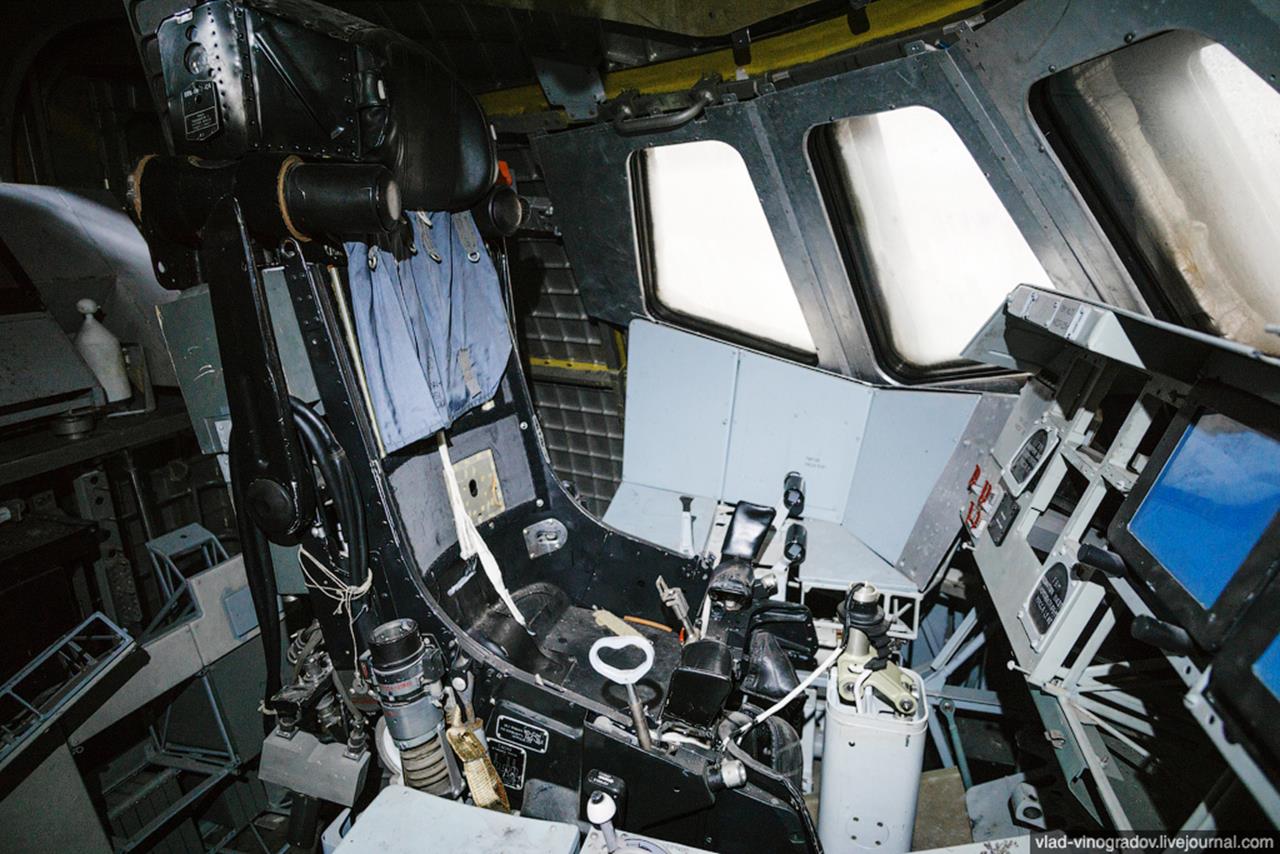

Almost all of the controls and other elements have been replaced with mass-dimensional mock-ups.



The diversity of different parts and devices inside the spacecraft is stunning. If desired, you can spend hours exploring it.

In this photo you can see that the assembly shop is equipped with three overhead cranes, each with a capacity of 400 metric tons.
The yellow structures behind the Buran mock-up are technological platforms for access to the engines of the orbital space vehicle and the cockpits.

Take a look at the walls of the MZK! Numerous rotating platforms with hydraulic drive are really cool-looking even to a person who isn’t very knowledgeable in this sort of technology.

The only photo of the Burya on the inside, the cargo hold.

To be continued

Images @ Vlad Vinogradov


